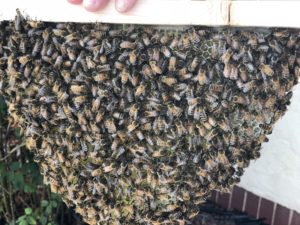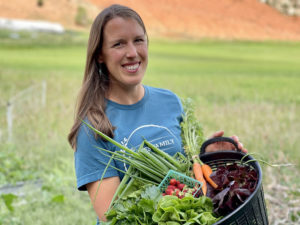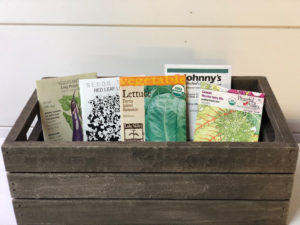How to grow, harvest and save seeds from tomatoes
In our seed to plate series we show you how we grow, harvest and prepare each crop. We provide a sneak peak of the information included here and you can find the full content in our Seed to Plate Tutorials. This week we’re going in-depth with tomato.
Tomatoes are one of the crops where you can taste the biggest difference between supermarket tomatoes and those grown in your own backyard. Growing your own tomatoes also allows you to try varieties you wouldn’t be able to find in a grocery store – different colors, shapes, sizes and flavors.
For most gardeners, you will need to start tomato seeds inside at least 6-8 weeks before your average last frost date. It’s important to give them a head start in the garden if you want to have the best production. Particularly here in our high desert climate, we have a very short growing season and need to get seeds started in February or March in order to have any hope of harvesting tomatoes in the summer months.
In our crop tutorials we’ll speak to some additional considerations when growing tomatoes outside or in a greenhouse. We’ll show you how to save seeds from open-pollinated varieties so you can have your own seeds for the next year. This allows you to select for the best flavor in your particular environment. Seeds will continue to adapt over time and will produce better over time as they become acclimated to your climate. And you can follow along as we roast tomatoes for our version of Smitten Kitchen’s Zucchini, Tomato and Rice Gratin.
Ready to grow garden fresh veggies and turn them into a delicious meal? Our Seed to Plate Tutorials is a course designed to give you more confidence in growing and preparing fresh produce. It offers in-depth information on how to grow, harvest and prepare popular backyard crops. The course has over 90 minutes of video lessons taking you into our garden as well as into the kitchen. Additionally we provide a quick PDF guide offering advice on how to grow, prepare and preserve each vegetable. Learn more about the course now.




